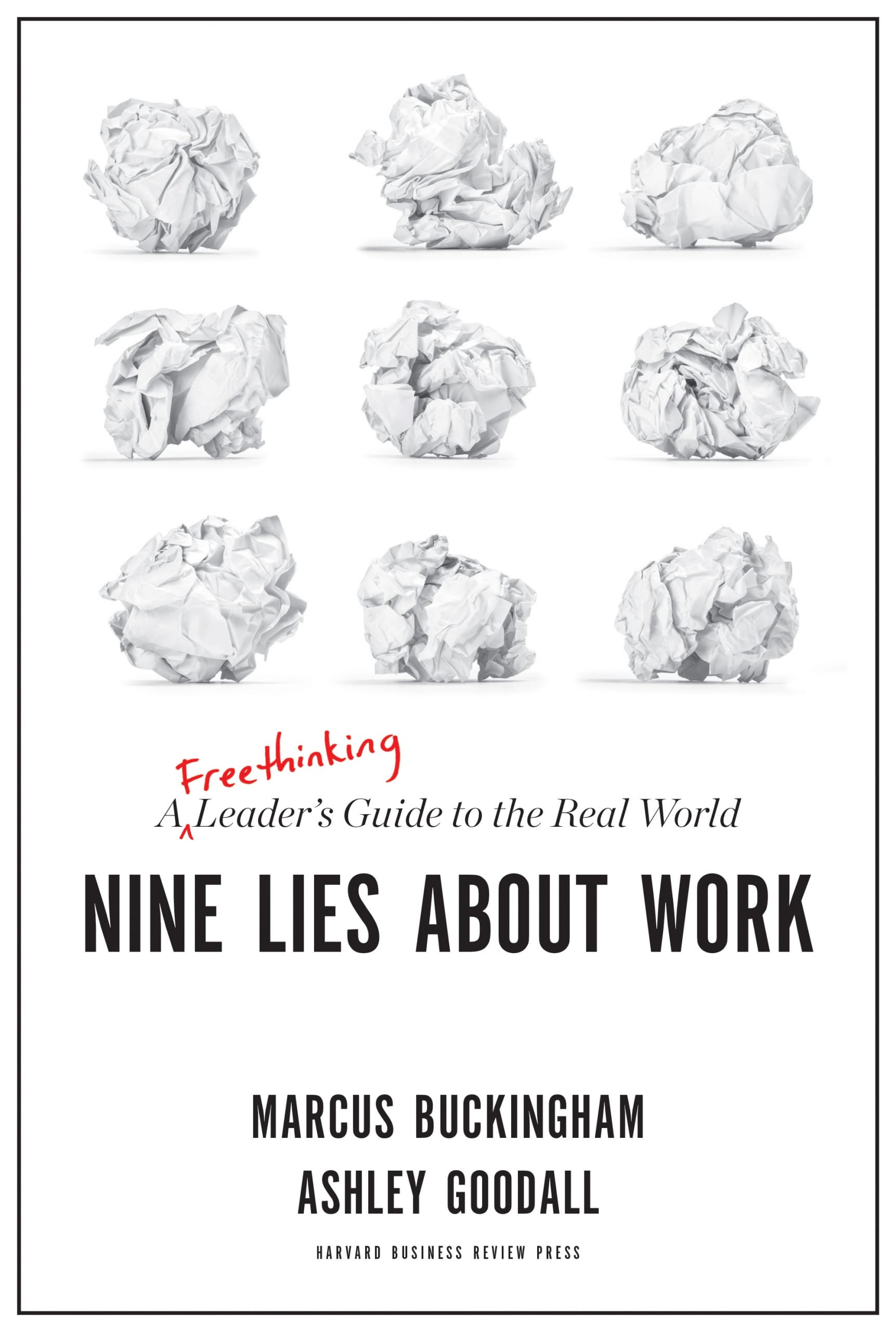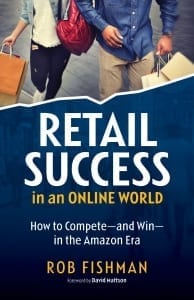Top 5 Business Marketing Strategies
 Growing a business isn’t simple. To begin with, you want a workable idea. From that point, you have to find a lucrative market, specify a target market and also have something worth selling them. And without the Ideal marketing approaches to fuel your development, screaming a profit and remaining afloat is virtually impossible.
Growing a business isn’t simple. To begin with, you want a workable idea. From that point, you have to find a lucrative market, specify a target market and also have something worth selling them. And without the Ideal marketing approaches to fuel your development, screaming a profit and remaining afloat is virtually impossible.
You need the correct marketing approaches to survive and conquer the market. So, here are some of them.
Here are B2C, C2C, C2B, and B2B marketing strategies that you can adapt in your business.
1. Niche-Driven Strategy
Many kinds of research have shown that the fastest-growing firms are generally experts at a closely targeted market. This ought to be an area of the business that you know completely, a distance in which you may become an unmatched specialist and pioneer.
Niche makes all your advertising and marketing efforts simpler since it tends to specify just what you do and instantly distinguish you from the competition.
2. Get Feedback
Getting feedback from the target market is not a choice, it is a necessity. This B2B marketing strategy has to be driven by information over anything else and never actually know your consumers, your marketing plan is as great as guessing. Among the most effective ways to begin getting feedback would be to employ a questionnaire procedure in your promotion procedures. This can divert incredibly useful information in regards to events, conferences and trade shows.
3. Utilize social media
That is where all of the so-called magical is occurring. Some companies are built only on the backs of social networking. Sure. However, as you build momentum, then you will find posting on interpersonal websites easier and easier as time passes.
Obviously, you might also employ a social networking manager when you’ve got cash to burn. But if you do not, simply be yourself. Be authentic. Post whatever you find useful and relevant that will assist your viewers to learn about you and your small business.
4. Utilize influencers
Want to get the word on the market and improve your visibility on societal websites without requiring years to construct the audience? Then you should surely leverage influencers. However, the crucial thing is to discover the ideal influencer. You do not need to go with influencers with countless followers. You can select for smaller influencers with a few thousand followers.
5. Create Targets and Milestones
It’s possible to think of targets as the last destination, whereas milestones are the actions necessary to achieve that destination – your own map. You may begin by assessing your marketing objectives and ways to do them. Doing this will make the whole marketing process simpler to comprehend to your team and there won’t be any confusion about how to reach a marketing goal.
Conclusion
The main objective should not be to survive but to be the best and conquer the market. You must access your marketing strategies and find efficient ways to improve them.
The marketing world is evolving and thus you also need to keep that pace and update your strategies regularly.

 Is it more engaging to be a full-time worker, a part-time worker, a virtual worker, or a gig worker?
Is it more engaging to be a full-time worker, a part-time worker, a virtual worker, or a gig worker? Marcus Buckingham is a bestselling author and global researcher focusing on all aspects of people and performance at work. During his years at the Gallup Organization, he worked with Dr. Donald O. Clifton to develop the StrengthsFinder program, and coauthored the seminal business books
Marcus Buckingham is a bestselling author and global researcher focusing on all aspects of people and performance at work. During his years at the Gallup Organization, he worked with Dr. Donald O. Clifton to develop the StrengthsFinder program, and coauthored the seminal business books  Ashley Goodall is the Senior Vice President of Leadership and Team Intelligence at Cisco Systems. In this role, he built a new organization focused entirely on serving teams and team leaders – an organization combining learning and talent management, people planning, organizational design, executive talent and succession planning, coaching, assessment, team development, research and analytics, and performance technology. Prior to joining Cisco, he spent fourteen years at Deloitte, where he was responsible for Leader Development and Performance Management
Ashley Goodall is the Senior Vice President of Leadership and Team Intelligence at Cisco Systems. In this role, he built a new organization focused entirely on serving teams and team leaders – an organization combining learning and talent management, people planning, organizational design, executive talent and succession planning, coaching, assessment, team development, research and analytics, and performance technology. Prior to joining Cisco, he spent fourteen years at Deloitte, where he was responsible for Leader Development and Performance Management


